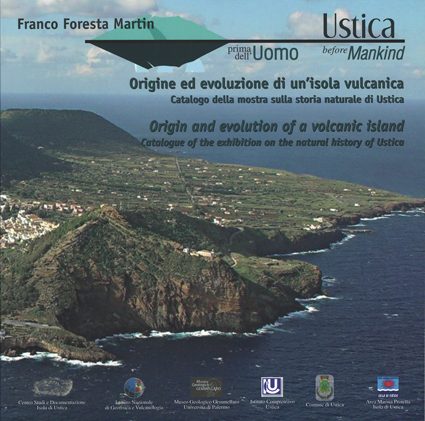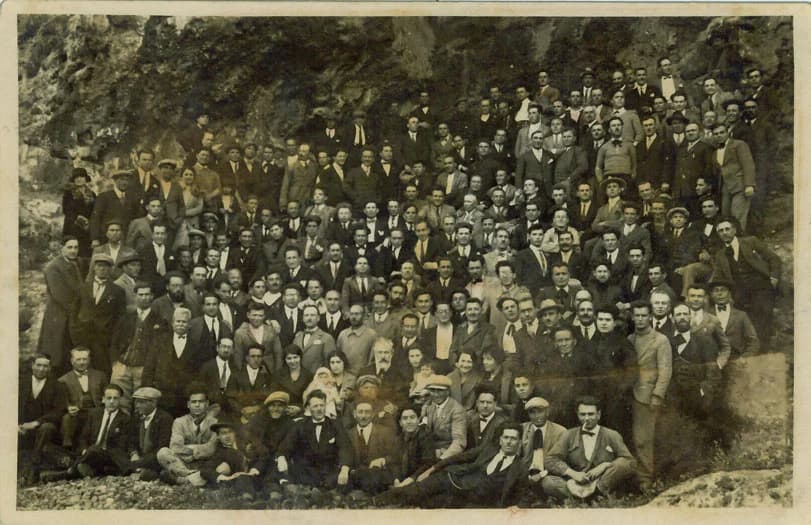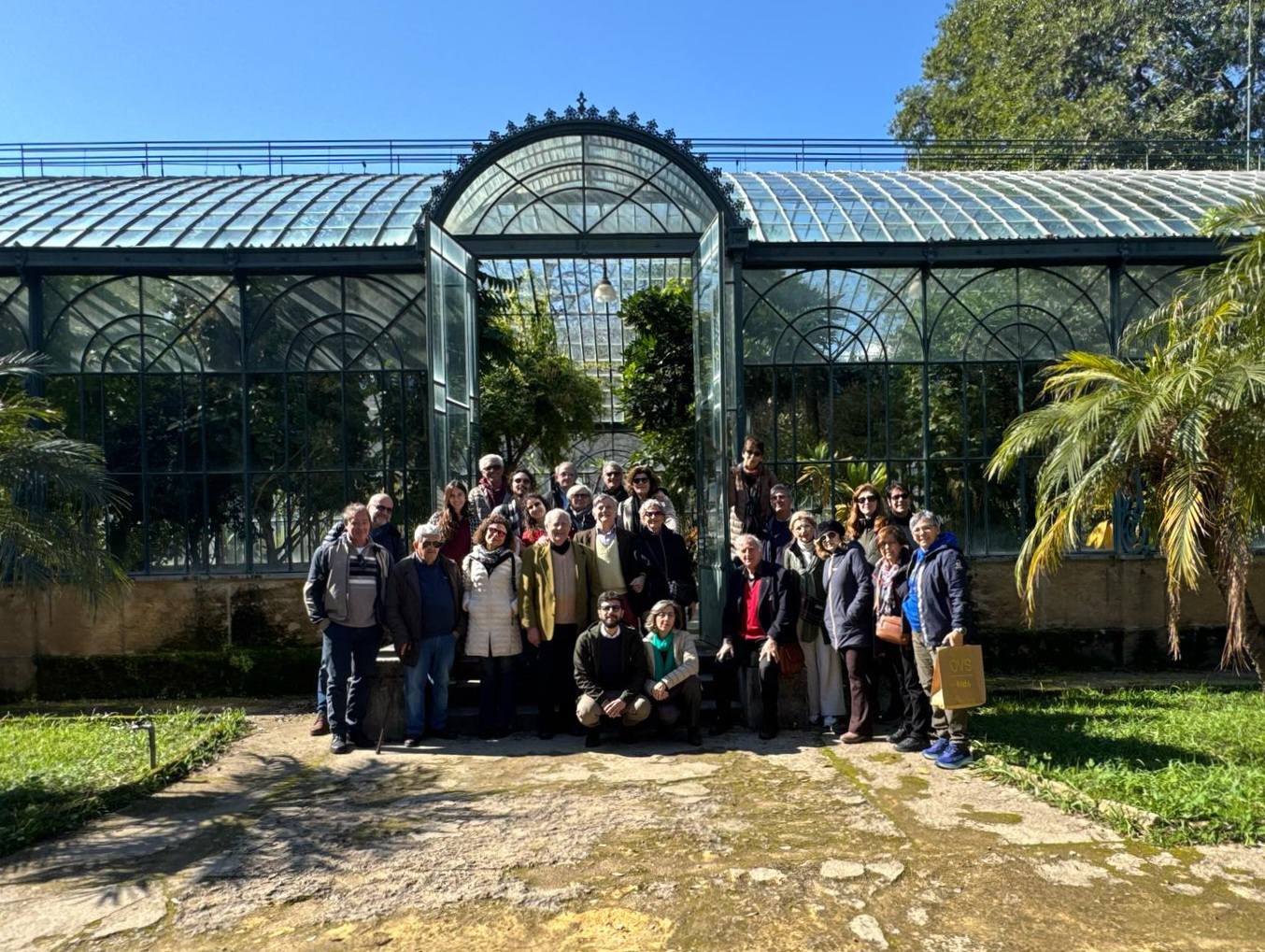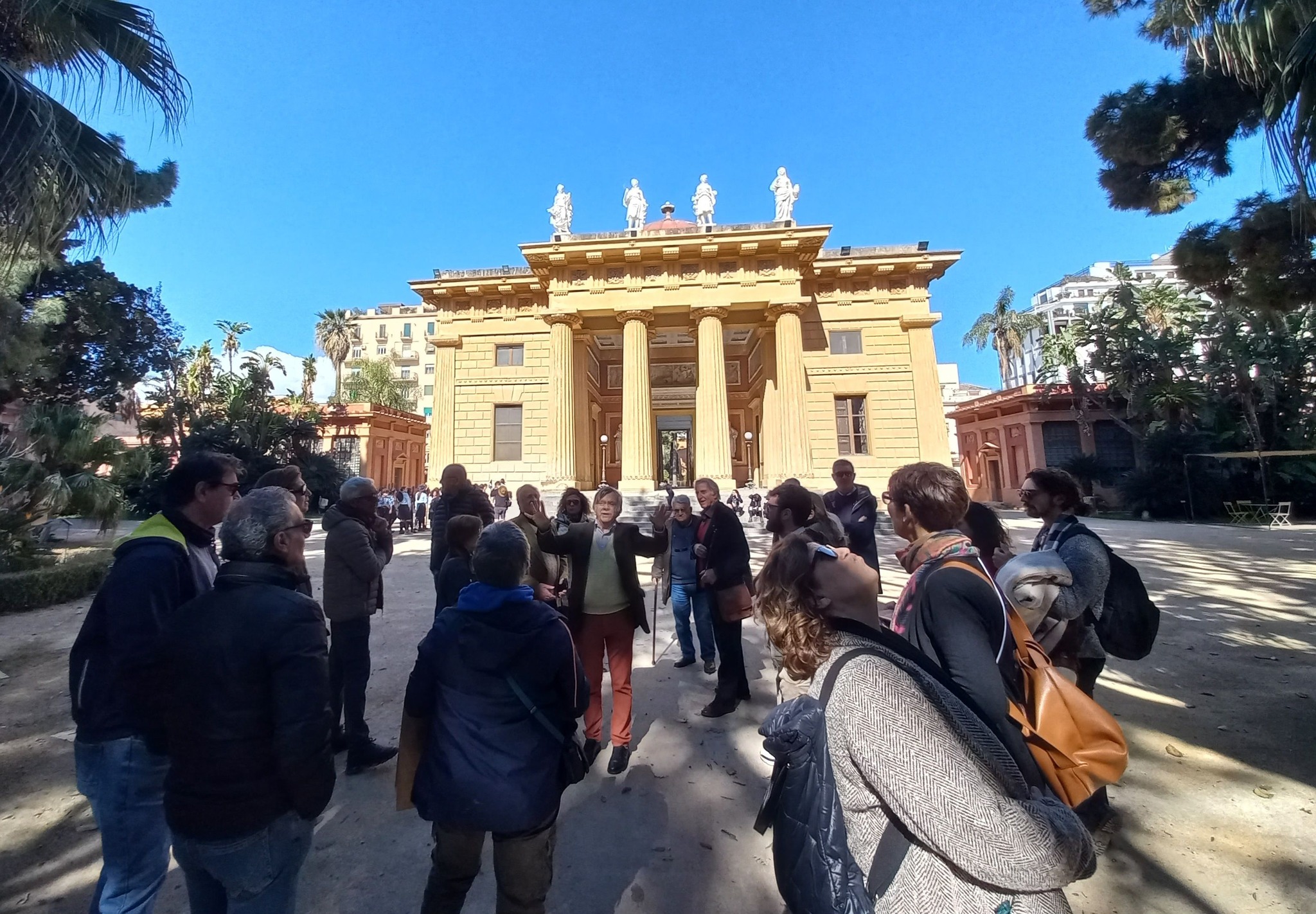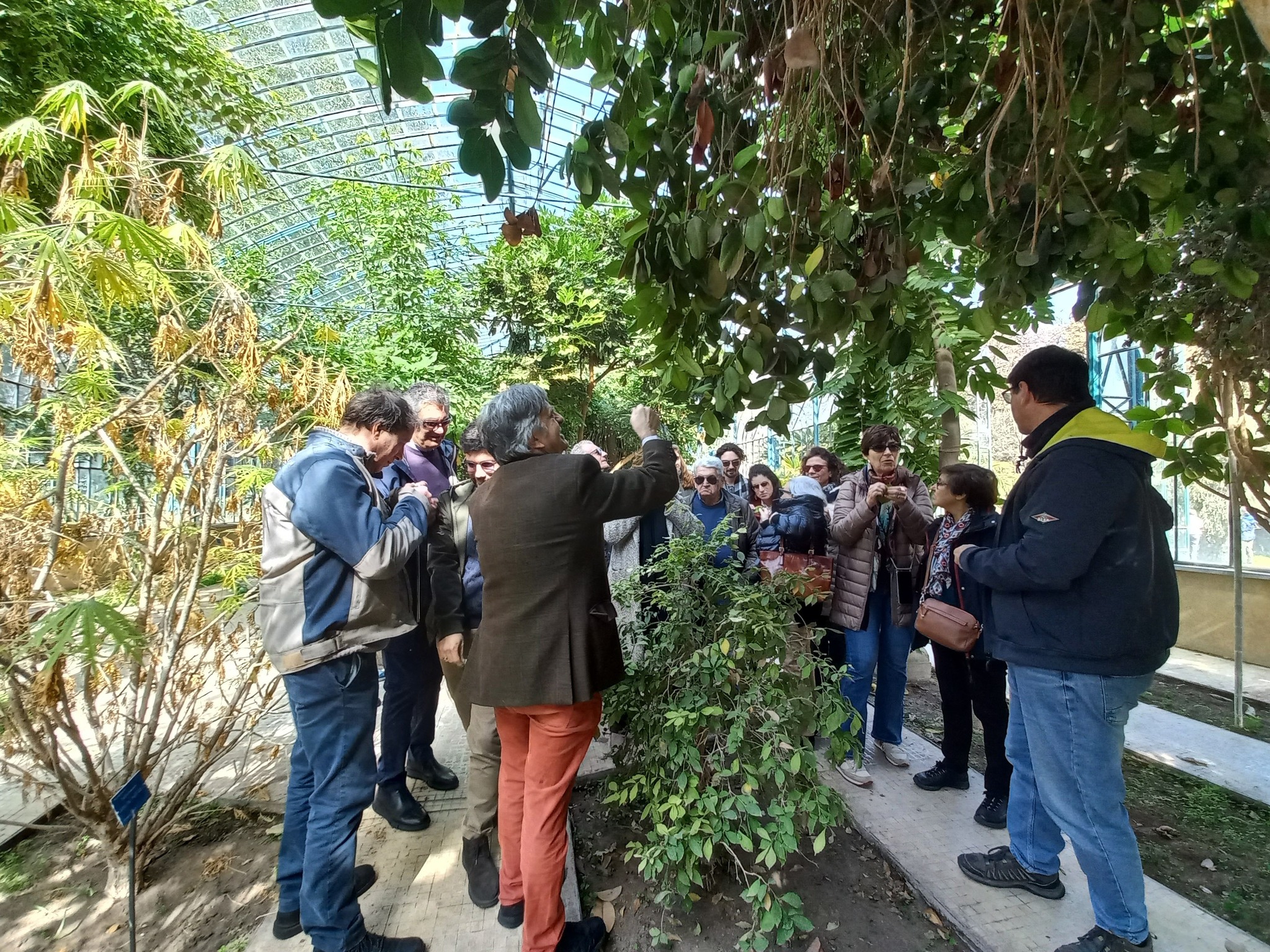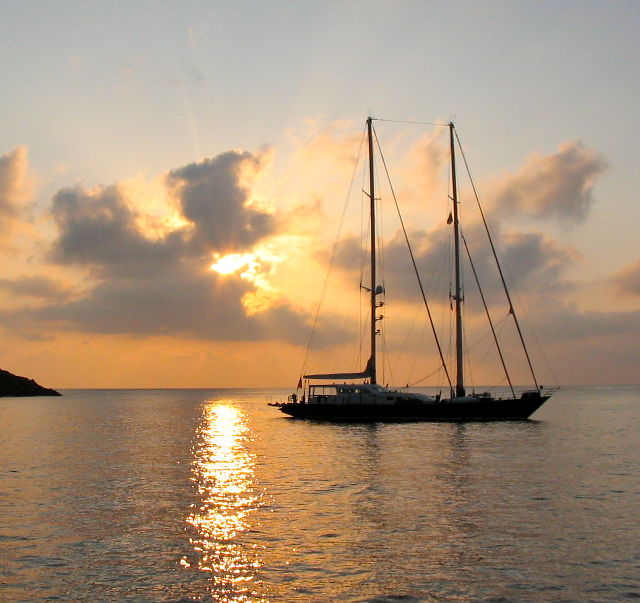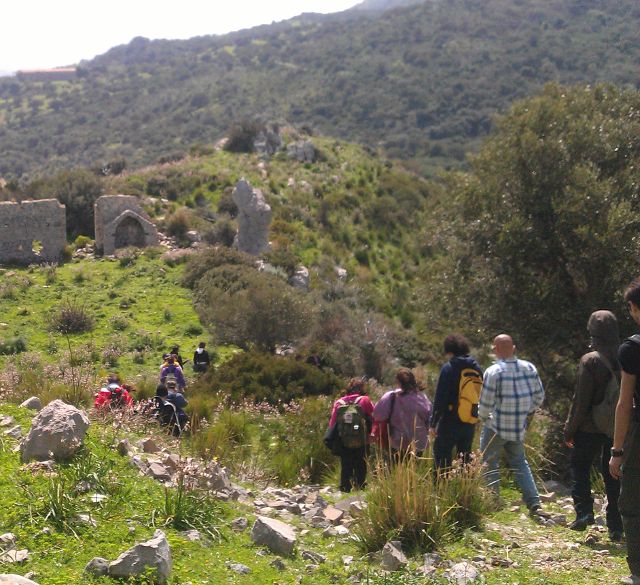Franco Foresta Martin, Ustican, is a geologist, journalist and writer. Science editor for more than 35 years at the Corriere della Sera, contributor of popular television programs such as Quark and Geo & Geo, he is one of the founders of the Centro Studi e Documentazione Isola di Ustica. He carries out an assiduous work of research, education and dissemination about various aspects of geology and volcanology of his native island.
Ustica, “paradiso dei sub”, come recitano le guide turistiche, prima Area marina protetta d’Italia (1986) e poi anche Riserva orientata terrestre, possiede un altro primato poco conosciuto, relativo alla sua costituzione geologica.
L’isola, piccola porzione di un vasto apparato sottomarino, è l’unico vulcano emerso di natura anorogenica (non da subduzione di placca) del Tirreno Meridionale. Una specificità, questa, che rende l’isola, almeno per quanto riguarda le sue formazioni vulcaniche, più simile all’Etna o alle Hawaii, piuttosto che alle vicine Eolie, suscitando l’interesse degli studiosi.
Questo libro, figlio della mostra “Ustica prima dell’uomo”, dedicata alla formazione e all’evoluzione naturale del complesso vulcanico usticese, rappresenta la prima guida geo-vulcanologica sull’isola.
Il testo, scritto in un linguaggio comprensibile a tutti, contiene, oltre a un’agile e avvincente cronologia degli eventi, anche una serie di itinerari utili per rintracciare le spettacolari formazioni geologiche e vulcanologiche, che fanno dell’isola una meta obbligata per ricercatori, studenti e appassionati di Scienze della Terra e del Mare.
THE BOOK
Ustica, "diver's paradise," as the tour guides use to write, has been the first Marine Protected Area in Italy since 1986, and then also Terrestrial Reserve. But Ustica has another little known record, indeed. It’s concerned with its own geological structure.
The island, a small portion of a vast submarine mount, is the only “anorogenic” volcano ( that’s to say “not rising from subducting plate”) emerged in the Southern Tyrrhenian Sea. As far as its volcanic formations is concerned, this peculiarity makes the island more similar to Etna or Hawaii’s volcanos rather than to the nearby Aeolian ones, arousing the scholars’ interest.
This book, the son of the exhibition "Ustica before Mankind", dedicated to the natural evolution of the Ustican volcano, is the first geo-volcanological guide on the island.
In addition to an agile and compelling chronology of events, the text, written in a language comprehensible to everyone, also includes a series of itineraries useful to track the spectacular geological formations, which make the island a must for researchers, students and any Earth and Sea Sciences lover.
